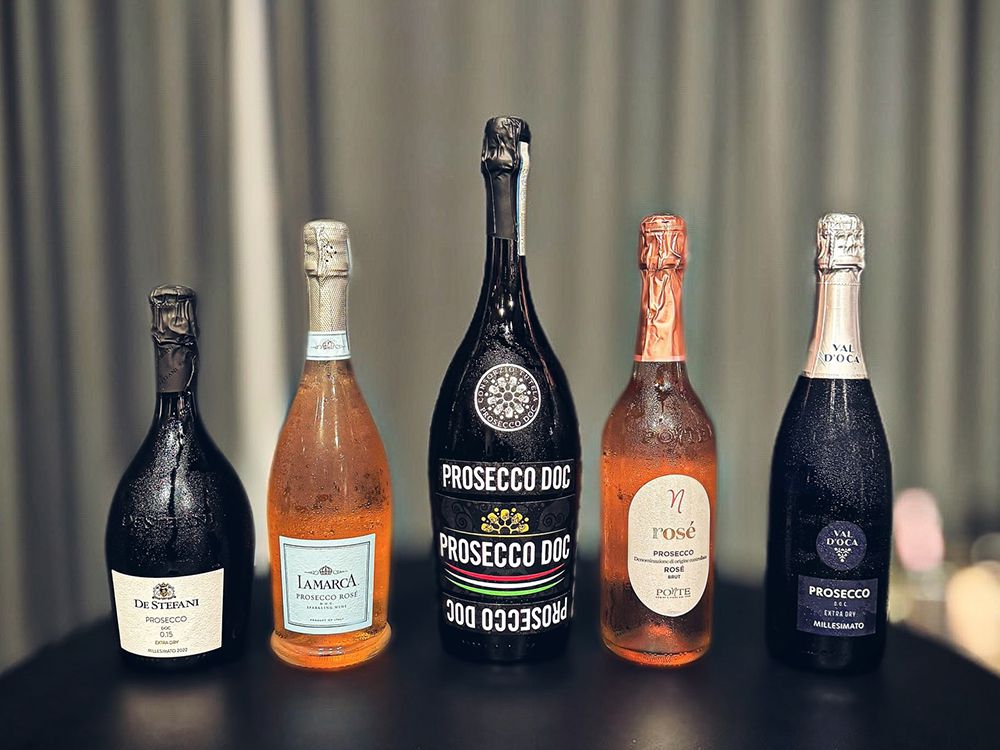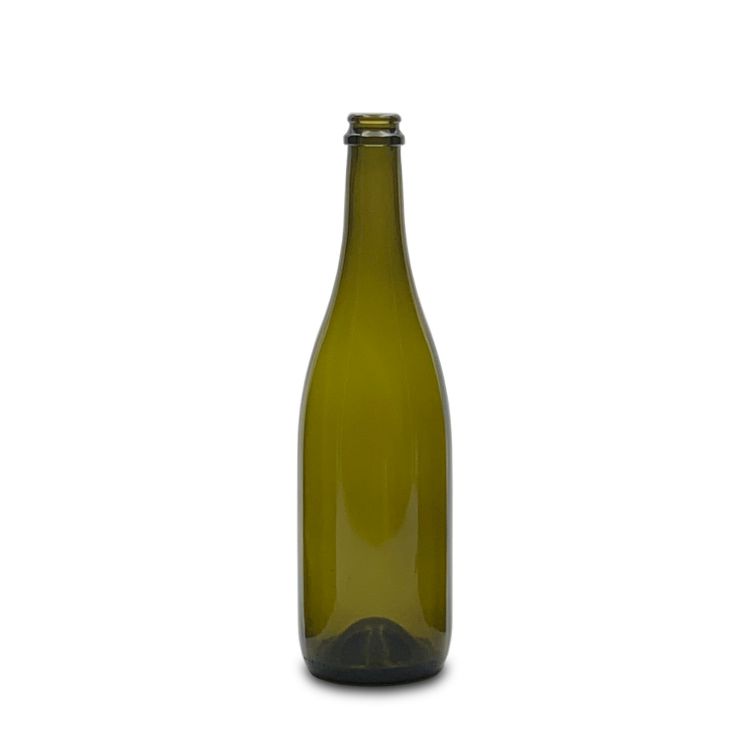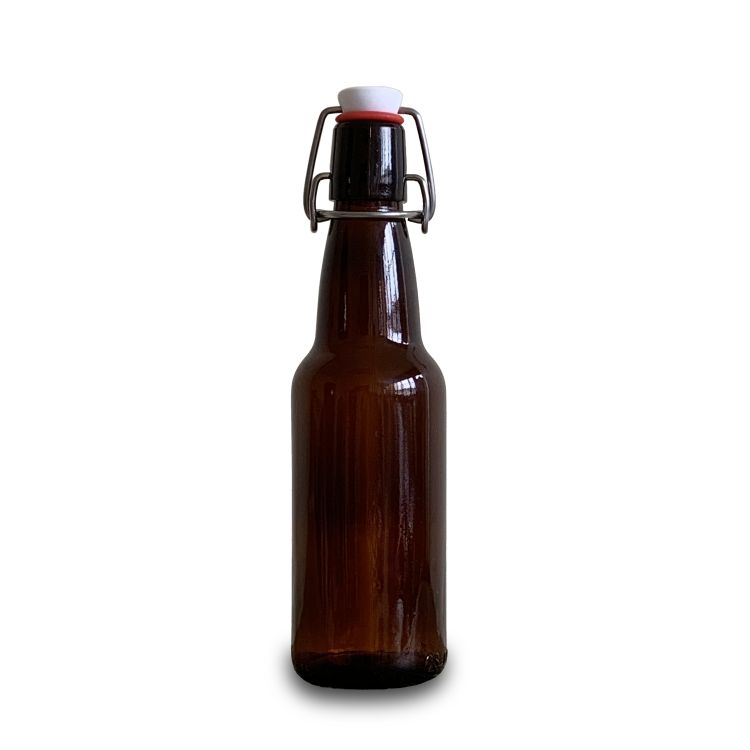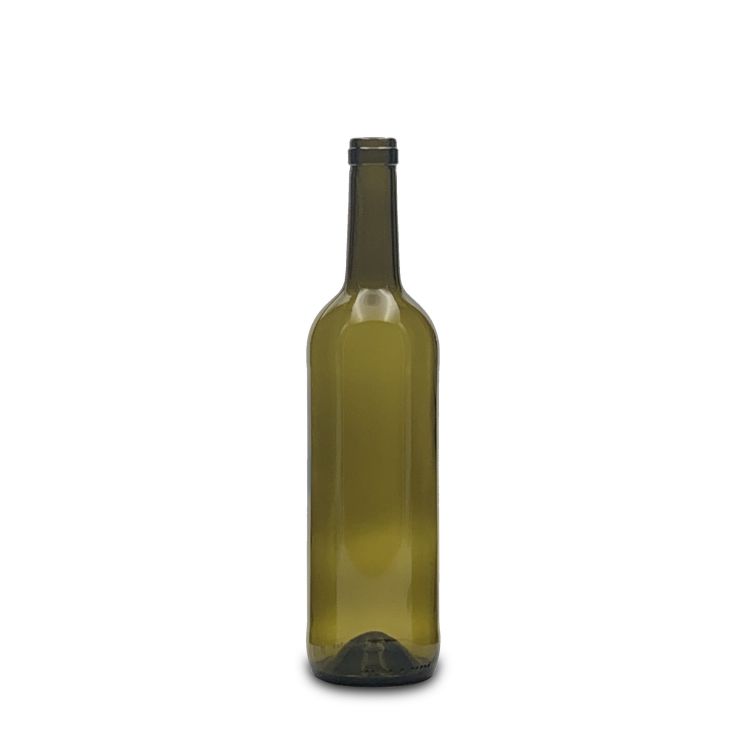
Champagne bottles are specifically crafted to enhance sparkling wine’s unique qualities, combining visual appeal with structural strength to handle internal pressure. Ideal bottles for champagne have thick walls and a distinct punt at the base, which not only strengthens the structure but also supports the ritual of pouring. This design, used for champagne and many other sparkling wines like Cava and Prosecco, has its roots in both tradition and functional necessity. Complementing these bottle shapes with the right glassware—such as tulip or white wine glasses—further enhances the tasting experience by optimizing aroma and bubbles.
Champagne Bottle Shapes and Their Unique Features
Champagne bottles are distinct in form and function, primarily designed to safely contain the high internal pressure of sparkling wines. This design influences both storage and presentation. Below are the specific types of bottles most suitable for champagne and other sparkling wines.
| Bottle Type | Description | Purpose | Notable Features |
|---|---|---|---|
| Champagne Bottle | Resembles a Burgundy bottle, but thicker and heavier | Ensures safety by withstanding high pressure | Large punt, sloping shoulders, thick glass walls |
| Cava Bottle | Similar to Champagne bottle | For Spanish sparkling wines, high pressure | Slightly lighter, rounded shoulders, often dark glass |
| Prosecco Bottle | Typically shorter, rounded neck | For Italian sparkling wine, lower pressure | Lighter than champagne, rounded base, minimal punt |
The thick, rounded design of champagne bottles is highly functional. Unlike standard wine bottles, champagne bottles are built to withstand the pressure from carbon dioxide—a result of secondary fermentation. This essential feature supports both transportation and long-term storage.
Understanding Champagne Glassware: Why Shape Matters
Choosing the right glassware plays a crucial role in experiencing the full complexity of champagne’s aromas and flavors. Although champagne flutes are often popular, they may not fully showcase the wine’s bouquet and taste profile.

Common Glass Types for Champagne
| Glass Type | Shape | Best for | Drawbacks |
|---|---|---|---|
| Flute | Tall and narrow | Visual appeal, carbonation | Limits aroma |
| Tulip | Curved with a narrow opening | Bouquet, balanced bubbles | None |
| Coupe | Shallow, wide bowl | Aesthetic and nostalgic use | Quick bubble dissipation |
The Science Behind Champagne Bottle Design
The robust structure of champagne bottles is no accident; it’s based on the physics of pressure distribution. A sparkling wine like champagne can exert up to 90 pounds per square inch (psi) of pressure—about three times that of a standard car tire.
Key Components of Champagne Bottle Design:

Why Tulip Glasses Are Ideal for Tasting Champagne
A tulip-shaped glass offers an optimal tasting experience by concentrating champagne’s aromas in a way that flutes cannot. The wide bowl lets bubbles form naturally, while the narrower rim directs aromatic compounds upward.
For high-quality vintage champagnes or specialty cuvées, serving in a tulip glass allows the bubbles to rise slowly, releasing aromas progressively as they reach the surface. This process enhances the champagne’s complexity, allowing the bouquet to unfold fully.
Champagne Glassware: Matching the Right Glass to Each Type
Different champagne styles benefit from different glass shapes. A light, floral non-vintage champagne works well in a flute, while a complex vintage or brut champagne may shine best in a tulip or even a standard white wine glass.
Pouring and Serving Tips for Champagne
When opening and pouring champagne, the bottle design plays a significant role. Proper handling and pouring techniques preserve the bubbles and enhance presentation:
- Holding the Bottle: Cradle the bottle by the punt with one hand, which provides stability and control.
- Tilting the Glass: Pour champagne slowly at a 45-degree angle to retain carbonation and prevent excessive foaming.
- Controlling Temperature: Serve champagne between 46°F to 50°F (8°C to 10°C) to enhance flavor while preserving bubbles.
Conclusion
Selecting the right bottle shape and glassware for champagne is more than just tradition—it’s science that enhances taste, presentation, and safety. Champagne bottles, built to endure high pressure, symbolize the elegance and sophistication of sparkling wines. Complementing this design with carefully chosen glassware allows enthusiasts to savor the full sensory experience that only champagne can offer.
Whether hosting a celebration or sharing a special toast, the right bottle shape and glass choice highlight the champagne’s rich legacy and luxurious taste, ensuring that every sip feels like a special occasion.
FAQs
What is the best shape for champagne glasses?
- Why are flutes considered ideal for champagne?
Flutes preserve carbonation and direct the bubbles upwards, offering a crisp and lively drinking experience. - Are tulip glasses better than flutes for champagne?
Tulip glasses enhance aromas while maintaining bubbles, making them a preferred choice for tasting premium champagne. - What about coupe glasses for sparkling wine?
Coupes are stylish and wide but lose carbonation quickly, making them better for aesthetics than functionality.
What shape is a champagne bottle?
- Why do champagne bottles have a deep punt?
The deep punt strengthens the bottle to handle carbonation pressure and stabilizes it during storage. - What are the unique features of champagne bottles?
Champagne bottles are thick-walled with gently sloping shoulders, designed for durability and visual appeal.
What type of glassware is best for sparkling wine?
- Should I always use a flute for sparkling wine?
Flutes are excellent for preserving bubbles but might limit aromatic complexity. Tulip glasses offer a balanced alternative. - Are coupes outdated for sparkling wine?
Coupes are less practical for preserving bubbles but remain popular for vintage-inspired presentations.
What are the criteria for sparkling wines to be called Champagne?
- Does Champagne have to come from France?
Yes, it must be produced in the Champagne region under strict regulations. - What is the Méthode Champenoise, and why is it essential?
The Méthode Champenoise is a traditional method where secondary fermentation occurs in the bottle, creating carbonation, a hallmark of authentic Champagne.
Why are there so many wine bottle shapes?
- How do bottle shapes affect the wine inside?
Bottle shapes like Bordeaux and Burgundy signal the wine’s type and origin, influencing aging and storage. - Are bottle shapes purely functional?
While some are practical, like Champagne’s durability, others, like unique square bottles, are designed for aesthetics and branding.
What are some unique wine bottle shapes?
- What makes a bottle shape unique?
Unique shapes like amphora-style or square designs help brands stand out and create visual impact. - Are custom bottle shapes functional or decorative?
They often blend functionality, like easy pouring, with a decorative element for branding.
What is the history behind wine bottle shapes?
- When were modern wine bottles invented?
The modern bottle shapes evolved in the 17th century to improve storage and transport. - Why are Champagne bottles historically significant?
They were developed to withstand carbonation, which revolutionized sparkling wine storage.
What are the most common wine bottle shapes?
- Which wine bottle is the most versatile?
The Bordeaux bottle is the most common, suitable for both red and white wines. - What defines a Burgundy bottle?
Its wide base and sloping shoulders emphasize wines with bold flavors and aromas.

























